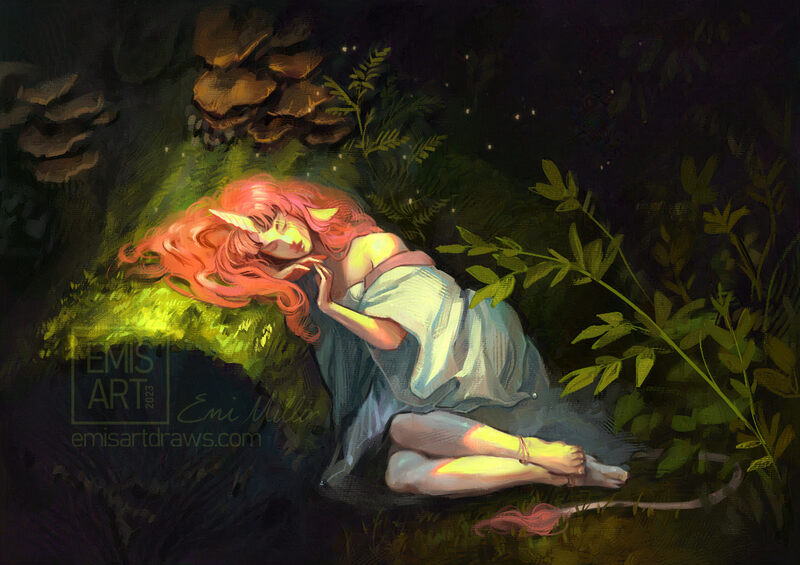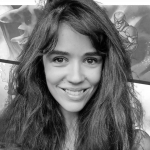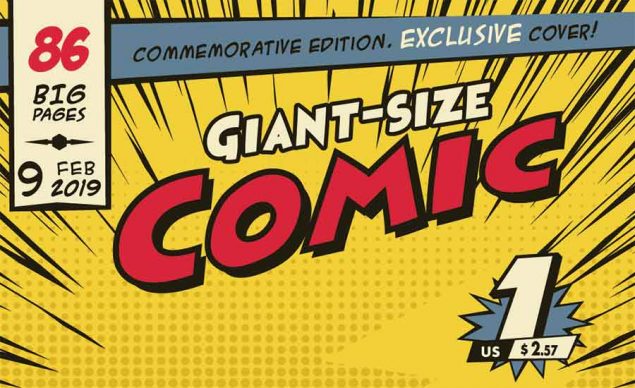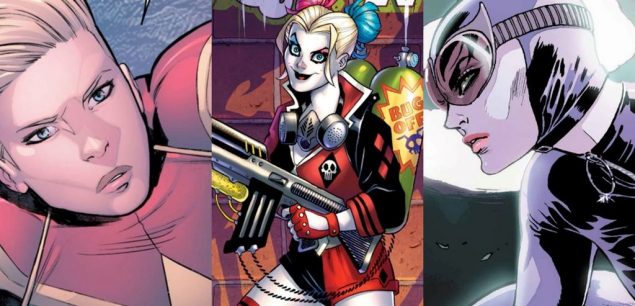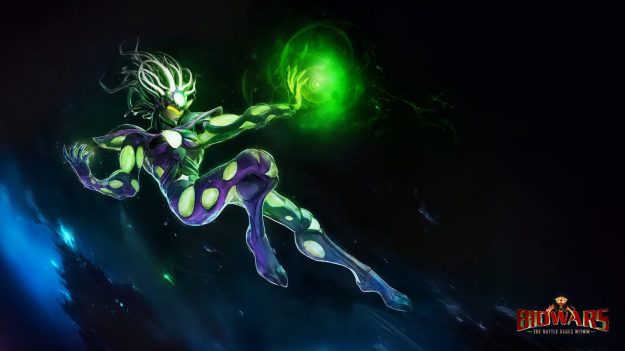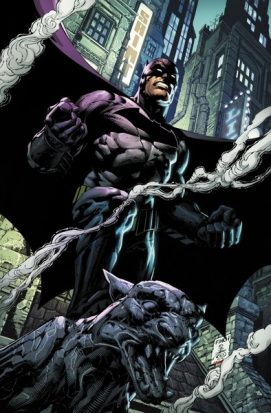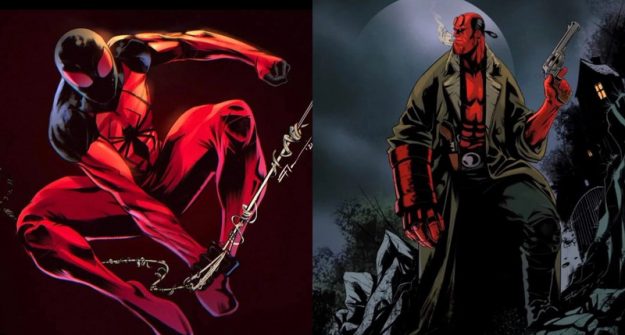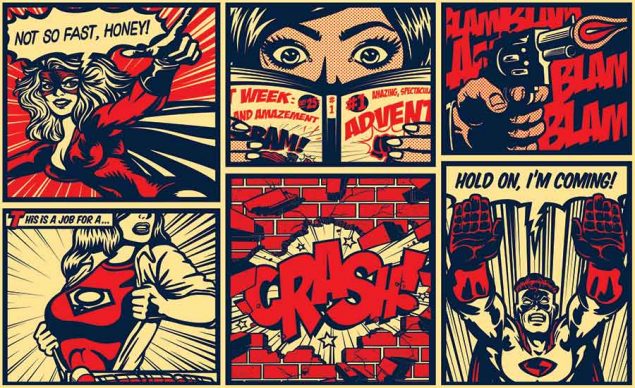Related Resources
Welcome to BIOWARS interview series, where we delve into the minds and creative processes of exceptional artists who impact the world of illustration with their beautiful works.
Today, we have the privilege of sitting down with Emi Miller — a talented artist from New Zealand whose talent and art transcend the boundaries of imagination.
Join us as we explore the inspirations, techniques, and journeys that have shaped Emi’s artistic vision.
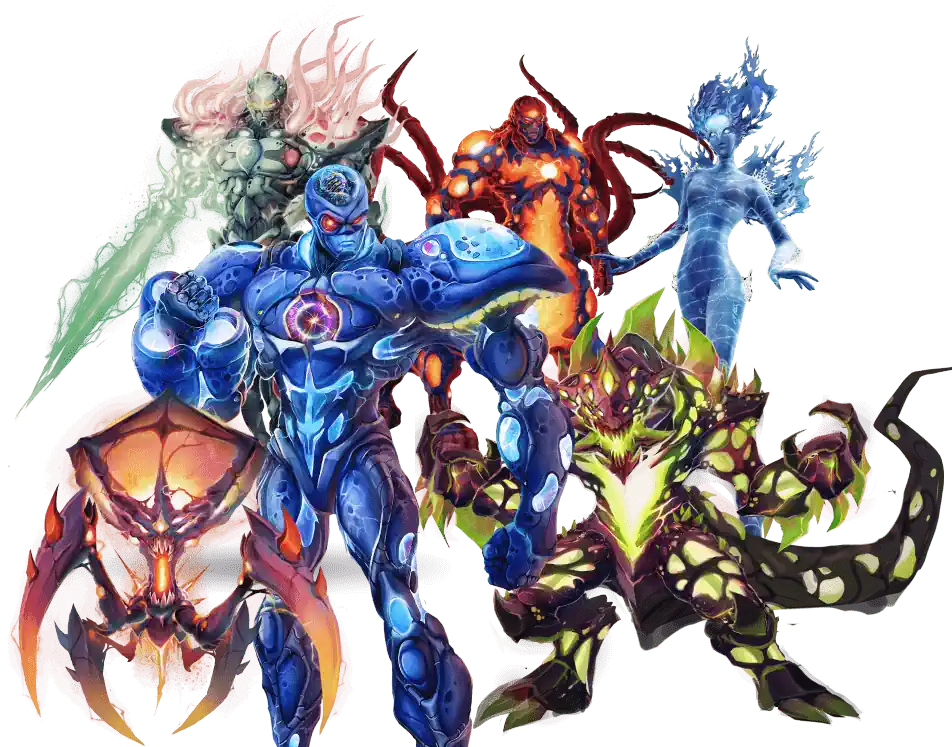
1. Hi Emi, can you walk us through your artistic journey and how you became an illustrator?
It’s been a long road, that’s for sure!
I started out, like many of my peers, by drawing dragons and horses and anime as a kid in school.
I was known as the artist of the family, then the artist in my group of friends, then the artist in my class.
I had a lot of encouragement from my family, though my quickly developing anime style did not impress my art teachers all that much.
I’d always wanted to be an animator, or children’s book illustrator.
I was active on Elfwood and DeviantArt, browsing for inspiration and reading how-to-draw articles — much like the Biowars site itself.
After high school, I really didn’t see art as a valid career for me. I made a choice after graduating to get into science, which turned into computer science, which turned into web development.
For almost ten years out of high school, I hardly drew at all. There were times I’d pick up the pen again, but I never quite committed.
That changed when I entered the TTRPG space online and fell in love with drawing Dungeons and Dragons characters. I was already 30 by this point and felt I had a lot of catching up to do in order to turn my passion into a freelance job.
But I did it! I opened my private commissions, and eventually quit my job that had been draining me for a decade.
Over the last few years I’ve been putting in a lot of work to improve and have met so many people through our shared love of TTRPG and drawing. It feels incredible to be doing something my own young heart had believed was my true calling.
View this post on Instagram
2. What initially drew you to creating character art for TTRPGs and fantasy settings?
My freelance career started from watching Critical Role.
I’d played D&D in the past but watching Actual Play TTRPGs like Critical Role and Dimension 20 pulled me in to pick up the game again.
I met an incredible group of people from the Critical Role artist fandom and even met my eventual partner.
It all snowballed from there, but I wouldn’t have ever started if not for my old and deep love for fantasy novels and Magic the Gathering.
3. Could you explain what your creative process for creating character art looks like, from concept to final illustration?
Character art is truly one of my favorite things to illustrate.
If my client requires design as well as an illustration, I start from the ground up. I don’t have any formal education in character design, but I believe it is something any artist can pursue.
My first port of call is to browse Pinterest for inspiration. I think about the character themself — do they live in a warm climate? Cold? What sort of person are they? What is their job? I don’t look too closely at character art or concepts from other people.
My primary source is from real life, investigating why certain clothes are made the way they are based on the environment and culture the person lives in. This process is lengthy but very worth it.
From there, I create silhouettes or very basic line drawings for some outfit concepts. This can also include concepts for the character themself, like portrait studies or different hair options.
Each step of the way, I get approval and feedback from my clients. When the shape of the design is all spoken for, I make some color options and get that signed off as well.
Creating the illustration itself really ends up being only half the job.
I provide two or three thumbnail/gesture sketches for my client to choose from, and I constantly self-edit to get the most out of these preliminary sketches. This is the same for both illustrations and simple character art.
From there the process is straightforward — I paint, paint, paint!
I like sending through frequent updates to ensure I’m on the right track and will often turn to my support circle to get critiques and advice. This is my favorite part, naturally!
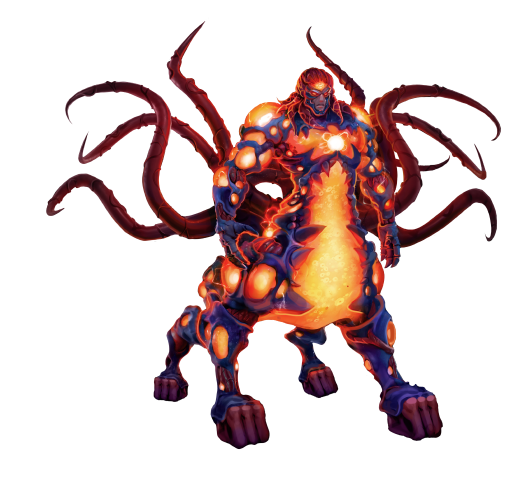
4. You created a webcomic called To Carry A Grave. What did the journey of making your own comic book look like?
Creating a webtoon is so much work.
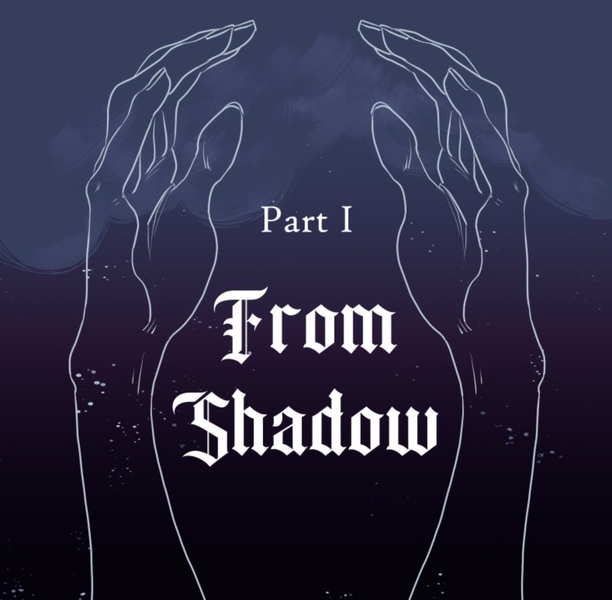
I had to learn a lot.
Framing, paneling, character design, scripting.
I needed to ensure my style was not too complex, and that I could finish a page from start to finish in a day.
I still have a lot to improve there, and at the moment, To Carry A Grave is on a short hiatus while I make sure I have enough work-life balance to support it.
I absolutely love the idea of telling my own character’s story through a medium like comics.
It has a very different feel to writing a novel and allows me to really push my boundaries as an artist. I’m looking forward to releasing more pages in the near future.
5. Is there a project or illustration that you’re particularly proud of? If so, what makes it special to you?
Recently I got to reveal an illustration for a zine I had the pleasure of being involved in — Character Study: an Original Character Zine.
View this post on Instagram
Not only did this illustration challenge all of my skills, but it also allowed me to be self-indulgent and paint my own character (the short drow in the foreground), and his fiancé (the tall tiefling next to him).
I’m incredibly proud of this piece. From the framing, the consideration of the ‘dead space’ in the centre for printing, and the interactions between all the figures, it’s an illustration I’m sure I will be proud of for some time.
6. Are there any fantasy authors, artists, or works that have influenced your art? If that’s the case, please tell us how they’ve impacted your work.
I have so many!
J.C. Leyendecker goes without saying. His brushstrokes and bold edges are something I love to try and integrate into my work.
David Palumbo is a Magic the Gathering artist who I really admire. His brushwork, dynamic composition, and striking portraits are something I strive for.
Staying on the theme of Magic the Gathering, another huge inspiration is the work of Jon Foster. His work is clean and emotive, with brushstrokes leading the eye. I really have a thing for artists that use texture in this way!
Mian Situ is another painter I admire deeply. I really love portrait artists — capturing someone’s ordinary life in one moment is a factor of realism I love to incorporate into fantasy illustration.
Closing the circle further to the TTRPG space, one of my biggest inspirations is my partner North. I’m always stealing techniques from them — their dedication to the craft and unmistakable style make them a fantastic illustrator.
I also adore the work of Zmeess, Vex, and Andrea. Elements of their style pop up in my own work from time to time, and I admire them greatly.
7. What helps you get into a creative mindset before starting a new illustration?
Staring at a blank page is any creative’s nightmare, and when your job relies on you being creative at the drop of a hat, there is simply no time for artist’s block.
Before I start on a new project, I love to do studies based on it. Whether it’s a material study for something I know will be in it like gold or fur, or gesture studies of dancers and fencers if I’m going to be painting a warrior.
What really switches my brain over to work mode however is turning on a video essay.
It really can be anything, and it’s almost Pavlovian how my pen hits my tablet. So long as I have a clear plan of what I need to do at that moment, the dulcet tones of HBomberguy, Super Eyepatch Wolf, or PatricianTV will help me through.
View this post on Instagram
8. What tools do you use the most in your work and why?
My Wacom Cintiq 16 is the tool that gets used the most without a doubt.
I bought it on sale right when the new versions were being rolled out, and have thoroughly enjoyed it.
My other tool is my painting program, Clip Studio Paint.
I used to use Photoshop, but as their pricing model quickly extended out of my budget, I opted for CSP (we love a perpetual license).
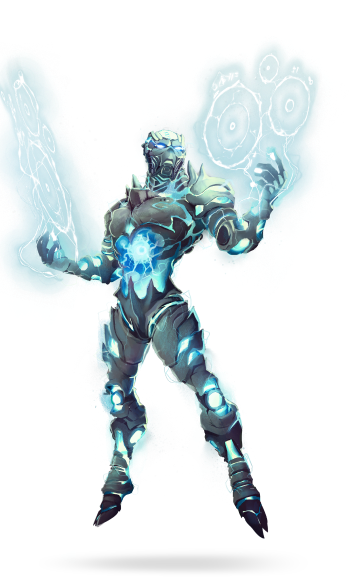
9. Are there any dream projects or collaborations you’d love to work on in the realm of TTRPG character art?
Oh, plenty! I dream of one day painting my very own Magic the Gathering card. When I played the game as a kid in high school I admired the art so much, I just wanted to make my own cards.
I also very much want to paint fantasy book covers.
Reading and writing is another part of the creative side to my personality, and I wouldn’t be here in this career without the words of Christopher Paolini, Brandon Sanderson, J.R.R. Tolkien, or N. K. Jemisin.
10. Can you please share any tips for aspiring fantasy illustrators looking to improve their character design skills?
My biggest piece of advice is to fixate on a character or world. Truly!
Make your own fantasy world and draw everything you can imagine from it. Make an original character and write stories for them, get obsessed with them, and use them as subjects for your painting studies.
My skill really exploded the moment I made a D&D character as I was drawing nothing but him and everything around him. Clothing design, item inventories, childhood rooms and homes. When your subject is something you love, you’ll find your skill grows exponentially.
My second biggest piece of advice is to find a small community of artists that you get along with.
I started in fandom and soon found a couple of Discord servers with a vibe that worked for me. Receiving external criticism and advice is essential to your growth as an artist — every illustrator you see gets to where they are by being able to take criticism, to sort out which bit of advice works for them and which doesn’t, and to use those learnings to move forward.
The ideal goal is to find one or two artists who are further along in their progression to learn from, and who deliver critique in a way that works for you.
Lastly, rapid-fire tips.
Draw from life.
Even if you’re a digital artist, have a sketchbook and pencils.
Hunt down tutorials and understand what kind of a learner you are — do you like reading, do you like watching, or do you need to recreate something to learn?
Read fantasy books.
Most importantly — do not be discouraged.
Every artist’s progression has its ups and downs. It helps nobody at all to compare your art to someone else, particularly if they have more experience than you. It helps no one to loudly proclaim you hate your art. Enjoy the process.
Art is a unique venture — anyone can do it, but not everyone does. There’s something in every budding artist that fuels their drive to show people how they see the world.
Thank you for agreeing to do this interview with BIOWARS, Emi! It was a pleasure talking to you!
If you’re interested in getting to know other comic book artists, check out these interviews with Zuza “Spikulec” Grużlewska, Anthony Carranza, Sean Damien Hill, Ceren Sultan Ekinci, David Jacob Duke, Marko Djeska, Lucius Cross, Flaviu Pop, Gonçalo Lopes and Chrigel Farner.

